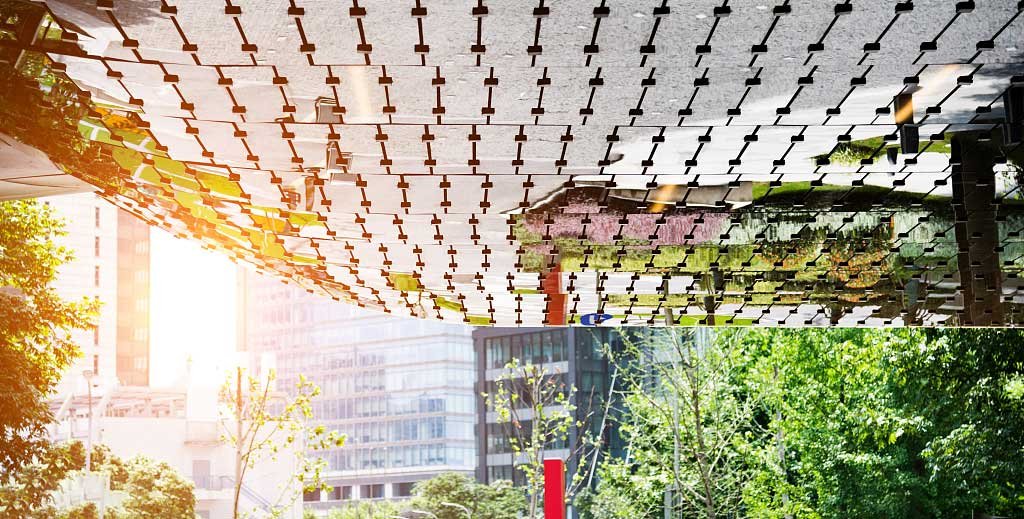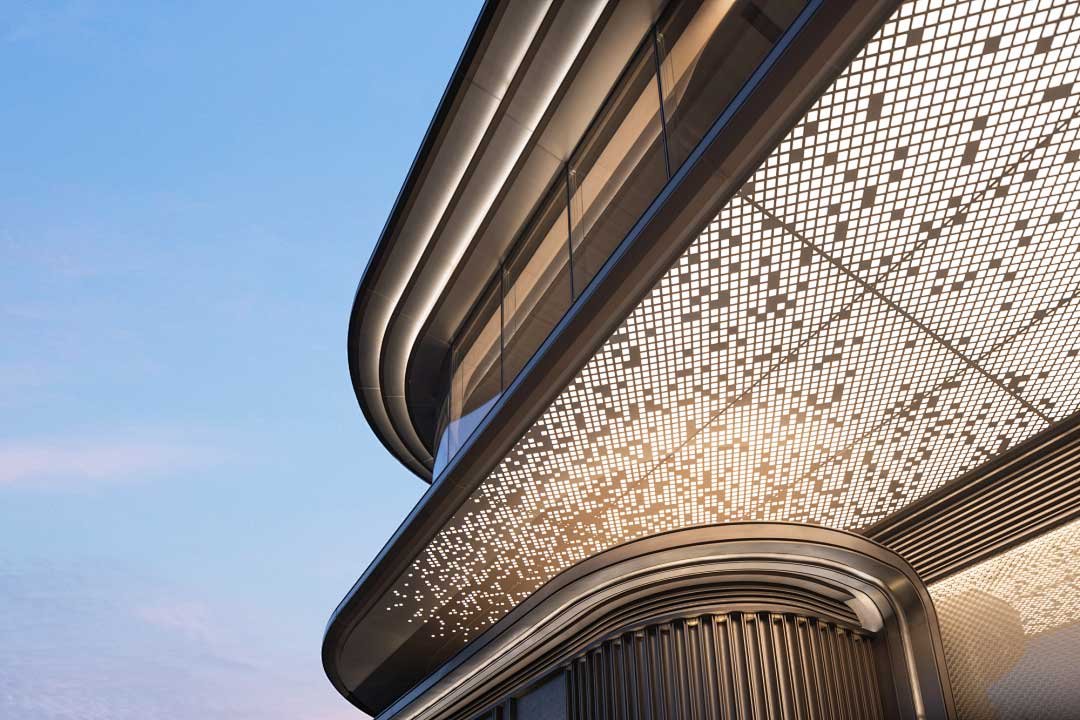Stainless Steel Processing: How to Choose the Best Material for Your Project
Table of Contents
Stainless steel is renowned for its versatility and strength, making it a go-to material across a range of industries, from construction and automotive to medical devices and consumer electronics. However, with multiple grades and finishes to choose from, selecting the right type of stainless steel for your project can be overwhelming. In this article, we’ll help you navigate the various options, focusing on the popular 201, 304, and 316 grades, which are widely used for both decorative and functional purposes.
What Is Stainless Steel ?
Stainless steel is an alloy primarily made from iron, with at least 10.5% chromium. The chromium creates a protective layer of chromium oxide on the surface, preventing corrosion and giving stainless steel its renowned resistance to rust. In addition to chromium, elements like nickel, molybdenum, and titanium can be added to enhance strength, ductility, and resistance to extreme temperatures.
Stainless steel is divided into several families based on composition and characteristics, with the main categories being:
- Austenitic
- Ferritic
- Martensitic
- Duplex
- Precipitation-Hardening
Each category is suited for different applications, so it’s important to understand the properties of each when making your choice. Let’s explore the three most common grades used in both decorative and industrial applications: 201, 304, and 316.
Austenitic Stainless Steel: A Top Pick for Versatility
Austenitic stainless steel is by far the most widely used type, representing around 70% of global stainless steel production. This grade is non-magnetic and contains high amounts of chromium (16-26%) and nickel (6-22%), with some variations including manganese and nitrogen.
- Key Features:
- Excellent corrosion resistance: Ideal for moist, chemical, and saltwater environments.
- High formability: Easily welded, bent, and shaped without losing strength.
- Non-magnetic: Important for applications where magnetism is a concern.
- Hygienic and easy to clean: Suitable for medical, food processing, and pharmaceutical uses.
- Popular Grades:
- 201 Stainless Steel: A cost-effective option with lower nickel content and higher manganese than 304. It offers good formability but has slightly lower corrosion resistance, making it ideal for decorative applications like handrails, trim, and kitchen equipment.
- 304 Stainless Steel: Known for its exceptional corrosion resistance and versatility, 304 is commonly used in kitchenware, architectural finishes, and machinery.
- 316 Stainless Steel: Enhanced with molybdenum, which boosts resistance to chloride and acids, making it perfect for marine environments, chemical processing, and medical implants.
- When to Choose Austenitic Stainless Steel:
- If your project demands high corrosion resistance.
- If welding and forming the material is crucial.
- If the application is exposed to harsh conditions or requires frequent cleaning.
Ferritic Stainless Steel: Magnetic and Budget-Friendly
Ferritic stainless steel contains a higher percentage of chromium (10.5-27%) and a lower nickel content, making it more affordable compared to austenitic types. Unlike austenitic stainless, it is magnetic.
- Key Features:
- Good corrosion resistance: Performs well in mild environments but doesn’t match austenitic grades in harsh conditions.
- Magnetic: Ideal for applications requiring magnetic properties.
- Good stress corrosion resistance: Performs better than austenitic grades in high-temperature environments.
- Limited formability: More challenging to shape due to lower ductility.
- Common Grades:
- 430 Stainless Steel: A widely used grade for automotive trim, appliances, and decorative applications.
- 409 Stainless Steel: Primarily used for exhaust systems due to its heat resistance.
- When to Choose Ferritic Stainless Steel:
- If your project has budget constraints.
- If magnetic properties are necessary.
- If the environment is less corrosive, such as indoor or dry settings.
Martensitic Stainless Steel: Strength and Hardness
Martensitic stainless steel is known for its exceptional strength and hardness, achieved through heat treatment. It contains between 11-17% chromium and a higher carbon content than other types.
- Key Features:
- High strength and hardness: Perfect for wear-resistant applications.
- Moderate corrosion resistance: Not as resistant as austenitic or ferritic grades.
- Magnetic: Ideal for applications needing magnetic properties.
- Limited weldability: Hardness makes it more difficult to weld.
- Common Grades:
- 410 Stainless Steel: Found in cutlery, surgical tools, and valve components.
- 420 Stainless Steel: Known for its ability to achieve a high polish, used in decorative applications and tools.
- When to Choose Martensitic Stainless Steel:
- If your project requires high strength and hardness.
- If the application involves wear or mechanical stress.
- If corrosion resistance is a secondary concern.
Duplex Stainless Steel: Strength Meets Corrosion Resistance
Duplex stainless steel combines the best features of both austenitic and ferritic grades, offering higher strength and excellent corrosion resistance. It typically contains 20-28% chromium and 4.5-8% nickel.
- Key Features:
- High strength: Nearly double the strength of austenitic stainless steel.
- Exceptional corrosion resistance: Particularly resistant to stress corrosion cracking and pitting.
- Good weldability: Easier to work with than ferritic and martensitic grades.
- Cost-effective: Reduced nickel content makes it less expensive than high-nickel austenitic grades.
- Common Grades:
- 2205 Stainless Steel: Ideal for chemical processing, oil and gas, and marine industries.
- 2507 Stainless Steel: Offers even higher strength and corrosion resistance, suitable for extreme environments.
- When to Choose Duplex Stainless Steel:
- If your project requires both high strength and corrosion resistance.
- If the application involves exposure to chlorides or acidic conditions.
- If you need a cost-effective alternative to high-nickel grades.
Precipitation-Hardening Stainless Steel: Precision Engineering
Precipitation-hardening (PH) stainless steel is a specialized category that can be heat-treated for exceptional strength and hardness. It’s typically used for aerospace and high-performance machinery.
- Key Features:
- Exceptional strength and hardness: Perfect for high-stress applications.
- Good corrosion resistance: Comparable to austenitic grades.
- Precision machining: Ideal for components requiring tight tolerances.
- Heat-treatable: Can be hardened after fabrication.
- Common Grades:
- 17-4 PH Stainless Steel: Used in aerospace, nuclear reactors, and high-performance machinery.
- 15-5 PH Stainless Steel: Similar to 17-4 PH but with improved toughness.
- When to Choose Precipitation-Hardening Stainless Steel:
- If your project demands high strength and precision.
- If the application is in high-stress environments like aerospace or defense.
- If heat treatment after fabrication is necessary.

Additional Factors: Surface Finish and Thickness
The surface finish and thickness of stainless steel are just as important as selecting the right grade. They can affect the appearance, durability, and performance of your components.
Surface Finish Options
- No.1 Finish: Rough mill finish, ideal for industrial applications.
- 2B Finish: Smooth, slightly reflective surface, popular for kitchen equipment.
- No.4 Finish: Brushed satin finish, perfect for decorative uses.
- Mirror Finish: Highly reflective, used in luxury or architectural applications.
Thickness
- Thicker Sheets: Provide greater strength and durability but are harder to form.
- Thinner Sheets: Easier to shape but may lack strength for heavy-duty applications.

Conclusion: Partner with JYF METAL for Expert Stainless Steel Processing
Choosing the right stainless steel for your project requires an understanding of material properties, application needs, and environmental conditions. At JYF METAL, we offer expertise in selecting and processing the right stainless steel, whether it’s the cost-effective 201 for decorative projects, the versatile 304 for general use, or the highly resistant 316 for demanding environments.
Our advanced processing capabilities, including precision cutting, bending, and PVD coating, ensure that your stainless steel components meet the highest standards. Get in touch with us today to learn more about how we can assist with your stainless steel needs and deliver a solution tailored to your requirements.
You Might Also Like
Please Share This
Follow Us On Twitter
On-site Installation of Stainless Steel Screen Partition
Precision-made. Professionally installed.
Transforming spaces with durable, elegant metal dividers.
📮DM us for custom design and project support.
#interiordecoration #metalpartition #roomdivider #sheetmetalfab
Café Design | A Sensory Collision of Metal and Coffee
This design is from BOUNDLESS SPACE DESIGN OFFICE
If you are interested in stainless steel decorative materials, please contact me for a quote !
Email: claire@jyfmetal.com
#interiordecoration #decorativematerials #metallic
Stainless Steel Fluted Panels & Skirting Boards
Clean lines, large size, premium finish — perfect for luxury interiors.
Custom colors, surface treatments, and dimensions available.
📩 DM us for catalogs or project solutions.
#flutedpanels #metalskirting




